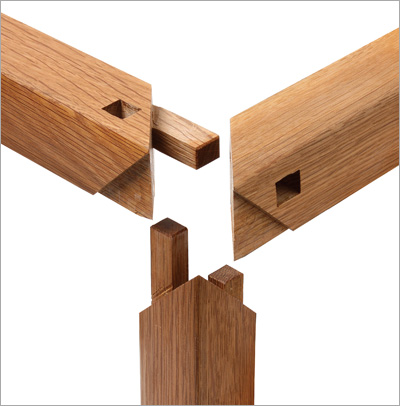Introduction: In the realm of traditional Japanese craftsmanship, few practices stand as emblematic of precision, skill, and cultural heritage as Shashimono woodworking. Originating centuries ago in Japan, this intricate woodworking technique has been passed down through generations, preserving its artistry and significance in contemporary times. In this blog, we embark on a journey to delve into the rich history, meticulous craftsmanship, and enduring legacy of Shashimono woodworking.
Understanding Shashimono Woodworking: Shashimono, which translates to “prepared wood,” refers to a traditional Japanese woodworking technique characterized by its precise joinery, intricate designs, and meticulous attention to detail. Unlike Western woodworking methods that often rely on nails and screws, Shashimono artisans utilize precise cuts, interlocking joints, and friction fits to assemble wooden pieces seamlessly. This technique emphasizes the natural beauty of wood and highlights the craftsmanship involved in creating functional yet aesthetically pleasing pieces.
Historical Significance: The origins of Shashimono woodworking can be traced back to ancient Japan, where skilled artisans crafted furniture, household items, and architectural elements using traditional hand tools. Over time, Shashimono techniques evolved and flourished, becoming integral to Japanese architecture, interior design, and daily life. During the Edo period (1603-1868), Shashimono woodworking reached new heights of refinement and sophistication, with master craftsmen producing exquisite pieces for nobility and samurai households.
Key Features of Shashimono Woodworking:
- Joinery Techniques: Shashimono woodworking employs a variety of joinery techniques, including mortise and tenon joints, dovetail joints, and tongue and groove joints. These precise connections ensure structural integrity and longevity in finished pieces.
- Handcrafted Excellence: Shashimono artisans meticulously carve, shape, and assemble each component by hand, eschewing modern machinery in favor of traditional tools such as chisels, saws, and planes.
- Minimalist Aesthetic: Reflecting the principles of Japanese design, Shashimono pieces often exhibit a minimalist aesthetic characterized by clean lines, understated elegance, and a focus on natural materials.
- Functional Versatility: From elegant tea cabinets and graceful Shoji screens to sturdy chests and delicate trays, Shashimono woodworking encompasses a wide range of functional objects tailored to diverse needs and preferences.
Enduring Legacy: Despite the advent of modern manufacturing techniques, Shashimono woodworking continues to thrive as a revered artisanal tradition in Japan. Master craftsmen, known as Shashimonoshi, dedicate years to honing their skills and preserving the integrity of this ancient craft. While demand for traditional woodworking may have diminished in some sectors, there remains a deep appreciation for Shashimono’s cultural significance and timeless beauty.
Contemporary Applications: In addition to its historical and cultural significance, Shashimono woodworking remains relevant in contemporary contexts, both in Japan and around the world. Artisans and designers continue to draw inspiration from Shashimono techniques, integrating them into modern furniture, interior design, and architectural projects. The blend of traditional craftsmanship with contemporary aesthetics creates unique and captivating pieces that resonate with admirers of Japanese art and culture.
Preserving Tradition in a Modern World: As with many traditional crafts, the future of Shashimono woodworking relies on efforts to preserve and promote its heritage in a rapidly changing world. Artisan workshops, cultural institutions, and educational initiatives play a vital role in passing down Shashimono techniques to future generations. By fostering appreciation for traditional craftsmanship and fostering innovation, enthusiasts and practitioners ensure that the legacy of Shashimono woodworking endures for centuries to come.
Conclusion: In the realm of Japanese craftsmanship, Shashimono woodworking stands as a testament to the enduring beauty, precision, and cultural significance of traditional woodworking techniques. From its humble origins in ancient Japan to its continued relevance in contemporary design, Shashimono woodworking embodies the timeless appeal of handcrafted excellence. As we celebrate the legacy of this revered tradition, let us honor the skill, dedication, and artistry of Shashimono artisans who continue to inspire and captivate us with their craft.























